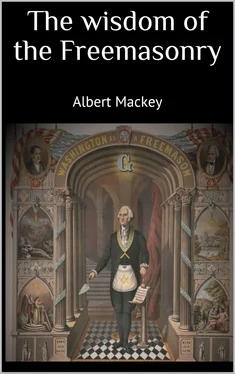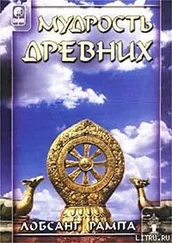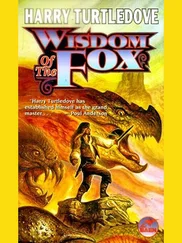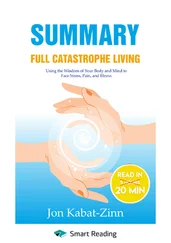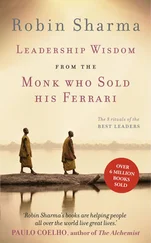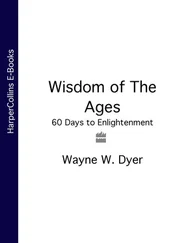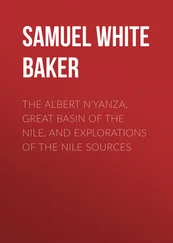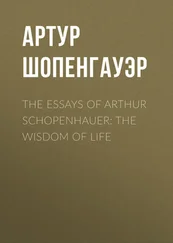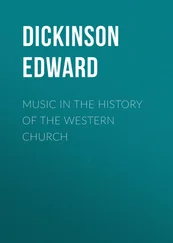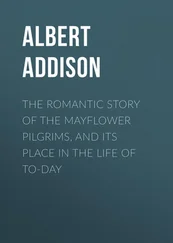For Vul-can is but a modified form of Baal-Cain, the god Cain. 12. But those among the masses--and there were some--who were made acquainted with the truth, received their knowledge by means of an initiation into certain sacred Mysteries, in the bosom of which it was concealed from the public gaze. 13. These Mysteries existed in every country of heathendom, in each under a different name, and to some extent under a different form, but always and everywhere with the same design of inculcating, by allegorical and symbolic teachings, the great Masonic doctrines of the unity of God and the immortality of the soul. This is an important proposition, and the fact which it enunciates must never be lost sight of in any inquiry into the origin of Freemasonry; for the pagan Mysteries were to the spurious Freemasonry of antiquity precisely what the Masters' lodges are to the Freemasonry of the present day. It is needless to offer any proof of their existence, since this is admitted and continually referred to by all historians, ancient and modern; and to discuss minutely their character and organization would occupy a distinct treatise. The Baron de Sainte Croix has written two large volumes on the subject, and yet left it unexhausted. 14. These two divisions of the Masonic Institution which were defined in the 9th proposition, namely, the pure or primitive Freemasonry among the Jewish descendants of the patriarchs, who are called, by way of distinction, the Noachites, or descendants of Noah, because they had not forgotten nor abandoned the teachings of their great ancestor, and the spurious Freemasonry practised among the pagan nations, flowed down the stream of time in parallel currents, often near together, but never commingling. 15. But these two currents were not always to be kept apart, for, springing, in the long anterior ages, from one common fountain,--that ancient priesthood of whom I have already spoken in the 8th proposition,--and then dividing into the pure and spurious Freemasonry of antiquity, and remaining separated for centuries upon centuries, they at length met at the building of the great temple of Jerusalem, and were united, in the instance of the Israelites under King Solomon, and the Tyrians under Hiram, King of Tyre, and Hiram Abif. The spurious Freemasonry, it is true, did not then and there cease to exist. On the contrary, it lasted for centuries subsequent to this period; for it was not until long after, and in the reign of the Emperor Theodosius, that the pagan Mysteries were finally and totally abolished. But by the union of the Jewish or pure Freemasons and the Tyrian or spurious Freemasons at Jerusalem, there was a mutual infusion of their respective doctrines and ceremonies, which eventually terminated in the abolition of the two distinctive systems and the establishment of a new one, that may be considered as the immediate prototype of the present institution. Hence many Masonic students, going no farther back in their investigations than the facts announced in this 15th proposition, are content to find the origin of Freemasonry at the temple of Solomon. But if my theory be correct, the truth is, that it there received, not its birth, but only a new modification of its character. The legend of the third degree--the golden legend, the legenda aurea--of Masonry was there adopted by pure Freemasonry, which before had no such legend, from spurious Freemasonry. But the legend had existed under other names and forms, in all the Mysteries, for ages before. The doctrine of immortality, which had hitherto been taught by the Noachites simply as an abstract proposition, was thenceforth to be inculcated by a symbolic lesson--the symbol of Hiram the Builder was to become forever after the distinctive feature of Freemasonry. 16. But another important modification was effected in the Masonic system at the building of the temple. Previous to the union which then took place, the pure Freemasonry of the Noachites had always been speculative, but resembled the present organization in no other way than in the cultivation of the same abstract principles of divine truth. 17. The Tyrians, on the contrary, were architects by profession, and, as their leaders were disciples of the school of the spurious Freemasonry, they, for the first time, at the temple of Solomon, when they united with their Jewish contemporaries, infused into the speculative science, which was practised by the latter, the elements of an operative art. 18. Therefore the system continued thenceforward, for ages, to present the commingled elements of operative and speculative Masonry. We see this in the Collegia Fabrorum, or Colleges of Artificers, first established at Rome by Numa, and which were certainly of a Masonic form in their organization; in the Jewish sect of the Essenes, who wrought as well as prayed, and who are claimed to have been the descendants of the temple builders, and also, and still more prominently, in the Travelling Freemasons of the middle ages, who identify themselves by their very name with their modern successors, and whose societies were composed of learned men who thought and wrote, and of workmen who labored and built. And so for a long time Freemasonry continued to be both operative and speculative. 19. But another change was to be effected in the institution to make it precisely what it now is, and, therefore, at a very recent period (comparatively speaking), the operative feature was abandoned, and Freemasonry became wholly speculative. The exact time of this change is not left to conjecture. It took place in the reign of Queen Anne, of England, in the beginning of the eighteenth century. Preston gives us the very words of the decree which established this change, for he says that at that time it was agreed to "that the privileges of Masonry should no longer be restricted to operative Masons, but extend to men of various professions, provided they were regularly approved and initiated into the order." The nineteen propositions here announced contain a brief but succinct view of the progress of Freemasonry from its origin in the early ages of the world, simply as a system of religious philosophy, through all the modifications to which it was submitted in the Jewish and Gentile races, until at length it was developed in its present perfected form. During all this time it preserved unchangeably certain features that may hence be considered as its specific characteristics, by which it has always been distinguished from every other contemporaneous association, however such association may have simulated it in outward form. These characteristics are, first, the doctrines which it has constantly taught, namely, that of the unity of God and that of the immortality of the soul; and, secondly, the manner in which these doctrines have been taught, namely, by symbols and allegories. Taking these characteristics as the exponents of what Freemasonry is, we cannot help arriving at the conclusion that the speculative Masonry of the present day exhibits abundant evidence of the identity of its origin with the spurious Freemasonry of the ante-Solomonic period, both systems coming from the same pure source, but the one always preserving, and the other continually corrupting, the purity of the common fountain. This is also the necessary conclusion as a corollary from the propositions advanced in this essay. There is also abundant evidence in the history, of which these propositions are but a meagre outline, that a manifest influence was exerted on the pure or primitive Freemasonry of the Noachites by the Tyrian branch of the spurious system, in the symbols, myths, and legends which the former received from the latter, but which it so modified and interpreted as to make them consistent with its own religious system. One thing, at least, is incapable of refutation; and that is, that we are indebted to the Tyrian Masons for the introduction of the symbol of Hiram Abif. The idea of the symbol, although modified by the Jewish Masons, is not Jewish in its inception. It was evidently borrowed from the pagan mysteries, where Bacchus, Adonis, Proserpine, and a host of other apotheosized beings play the same rôle that Hiram does in the Masonic mysteries. And lastly, we find in the technical terms of Masonry, in its working tools, in the names of its grades, and in a large majority of its symbols, ample testimony of the strong infusion into its religious philosophy of the elements of an operative art. And history again explains this fact by referring to the connection of the institution with the Dionysiac Fraternity of Artificers, who were engaged in building the temple of Solomon, with the Workmen's Colleges of Numa, and with the Travelling Freemasons of the middle ages, who constructed all the great buildings of that period. These nineteen propositions, which have been submitted in the present essay, constitute a brief summary or outline of a theory of the true origin of Freemasonry, which long and patient investigation has led me to adopt. To attempt to prove the truth of each of these propositions in its order by logical demonstration, or by historical evidence, would involve the writing of an elaborate treatise. They are now offered simply as suggestions on which the Masonic student may ponder. They are but intended as guide-posts, which may direct him in his journey should he undertake the pleasant although difficult task of instituting an inquiry into the origin and progress of Freemasonry from its birth to its present state of full-grown manhood. But even in this abridged form they are absolutely necessary as preliminary to any true understanding of the symbolism of Freemasonry.
Читать дальше
